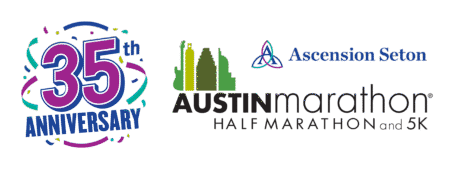Get Off Your Phone: Turn Screen Time Into Workout Time
Advice on how to get off your phone and spend that time working out
According to a 2017 study published by Cross-Platform Future in Focus, people spend nearly three hours per day on their phones. That’s like working a part-time job! Whether it’s personal or professional use, you’re checking email, replying to texts, visiting social media, reading articles, etc. While some of this time spent on your phone might be useful, most of it can be cut out or reduced. Get off your phone and create something beneficial for you: workout time. Follow our advice, get off your phone, and turn screen time into something that’s more productive and will help you reach your goals!
6 tips to reduce screen time
-
Disable “raise to wake” feature

Disabling the raise to wake feature on your phone can reduce your screen time.
This iPhone feature uses internal sensors to figure out when you lift your device. Once you do, the screen turns on. This allows you to check for notifications, encouraging you to open them up and spend time on your phone. Once disabled, you’ll be prompted to press a button or two to access your phone. This might take longer to access your phone, but in the long-term it’ll change your habits. Instead of checking for notifications every time you lift your phone, plan to check it every 60-90 minutes. This can reduce your overall screen time while ensuring you keep tabs on anything you might need to check.
-
Stop pooping with your phone
Don’t take your phone to the bathroom with you! We’re all guilty of this. What should be a quick trip to the bathroom turns into a spiraling journey down a rabbit hole about the latest running shoes. Next time you need to go, leave your phone behind. Instead, focus on the task at hand. Get in and get out. Depending on your previous habits, you could add an extra 30-60 minutes of extra time to your day. Perfect for a cross-training workout or adding an extra half hour to your run. Even if you just add 10 minutes, that’s enough time to add these 4 stretches before your run.
-
Inform your friends and family

Save that text/call for the next time you run with your friend. Credit: Scott Flathouse
You’re trying to break a bad habit. The best way to do this is by telling the people you text and chat with the most. Save it for when they see you in person. If you’re visiting with them, have them discourage you from repeatedly checking your phone. Take it a step further and pay them $1 every time you check your phone. Nobody likes to lose money! Pro tip: tell your friends to save that text or that call for the next time you run together.
-
Avoid using your phone as an alarm clock
Using your phone as a wake-up call defeats the purpose of reducing screen time. Once you turn it off, what are the chances of you checking email or text messages? Pretty high. Use an old-fashioned alarm clock instead.
If you prefer to use the alarm clock feature, these tips can help ensure you don’t immediately dive into screen time.
- place it somewhere where you have to actually get out of bed to stop it
- once you turn it off, immediately jump into your morning routine (washing hands, brushing teeth)
- set your running gear/shoes in the vicinity
-
Customize screen time settings

Learn how much time your spending on your phone before adjusting your screen settings.
Before doing this, check the reporting feature that shows you how you’re using your phone and how often you’re using it. Once you realize how you’re spending your time you can make various adjustments.
- Downtime – only phone calls and apps that you choose to allow are available
- App limits – set daily limits that’ll help reduce the time spent in a specific app
- Always allowed – this might be reserved for a couple of apps that you need constant access to regardless of other settings
-
Add apps that offer free and/or quick workouts
Turn time on Instagram or Tik Tok into a workout! Make the most out of screen time by downloading quick or free workout apps. We recommend the following:
- Seven – All you need is seven minutes with this app. Get in and get it done because small habits can lead to big changes! This app provides plenty of motivation, trained instructors, and customized workouts. Available on Apple and Android.
- Daily Workouts Fitness Trainer – Another great app that offers quick and specialized workouts. It offers exercises that tone major muscle groups without special equipment. Available on Apple and Android.
- Daily Butt Workout – Want to focus on your glutes? This app is a great way to get you off your butt (literally) and do just that. Available on Apple and Android.
- Daily Yoga – 50 million yogis can’t be wrong! Plus, yoga is a favorite cross-training method for countless runners. This app offers personalized yoga classes from beginner to advanced, all taught by professional instructors. Available on Apple and Android.
While using your phone is not necessarily a bad thing, spending too much time on it can be. Get off your phone and turn screen time into a positive habit with our advice. Work your way to become a better runner in as little as seven minutes.












